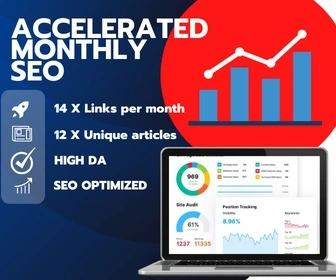This is why a holistic strategy is needed:
• Both paid and organic search are targeting the same customer
• Holistic search strategy and planning is straightforward to apply
• It can maximise bother efficiency and performance of digital efforts.
It is therefore vital that holistic search that views a problem as a whole instead of individual parts, should be a central part of any SEO campaign.
There are 5 main areas that are essential for a great holistic search approach:
1 Limit the purchasing funnel to one, with just one common keyword set
It is vital to understand the consumer and their searching habits. The insights gained allows marketers to create a detailed image of their purchasing path and their needs each step of this journey. Key topics and themes can be recognised during this process, and a keyword list set out. The same keyword research is normally common in both organic and paid channels, meaning that time is wasted. The holistic approach eliminates this. That is since, a clear purchasing funnel and shared keywords identified, allows that the overlapping coverage can be avoided once the paid and organic searches are mapped out.
2 Get quick wins with share performance insights
Incremental performance gains are driven by cross-channel insights. These performances should be investigated by both the paid and organic search teams, and should look at the top performing ad copy, the keyword performance as well as the index page’s performance. With the top performing ad copy, the team should investigate what learnings can be applied to increase CTR. Whereas, with keyword performance, they should look at if there are any high-performing keywords that has limited coverage. Lastly, with index page performance the team needs to look at the issue if different paid media index pages are in place, how do conversation rates compare to organic landing pages and what lessons can be gained from the top converting pages.
3 Streamline the general search performance
Since you have already labelled the coverage gaps, you now need to prioritize them based on search volume, competition, their procuring funnel stage, and their impact to sales. If the team indicates that the gaps are located higher up in the funnel, the search terms may not be the direct sale driver however they will drive significant traffic volume, and as result higher chances to impact the consideration set and aiding sales growth later in the purchasing path. Still, the position of the funnel, added with the target growths spread from long term to short term targets, the paid search should be deployed for an instant impact for a stronger visibility. In addition, in doing so, these targets can be tested to validate the viability of the key keywords. Once successful, they can be tested for overall search visibility in an organic search campaign.
4 Develop a measurement framework
Keep in mind, that viewing search holistically to gain understanding of the impact of the channels on general search performance. But it is importance that this should be done using a singular data source such as a site analytics to avoid data being duplicated. Key areas that should be investigated include a review of traffic, the conversation performance and the search in general.
The problem is that marketers investigate organic and paid performances in silos. Performance fluctuations are viewed out of context. For instance, Search engine optimization (SEO) can’t be viewed in silos. SEO is the process of impacting the visibility of a website in a search engine’s organic search results.
It is impacted directly and indirectly by different marketing channels (i.e. social channels, public relations, even e-mail marketing). Therefore, viewing SEO as just a keyword, a link, a crawl or ranking is problematic. A synergy between the diverse marketing channels are needed, not only to boost marketing efforts by capitalising on opportunities, but it will provide a more niche approach while building a brand. In addition, some companies will focus on increasing their website traffic, but ignore website conversion. If you increase your conversation rate by 2% you can double your website traffic. It makes thus sense to combine different aspects to increase your results.
Plus, another issue is that of consistent data reporting. It is one thing if they work in silos, it is another if there is a break in data which means patterns are interrupted.
5 Communication and process
Vital in a great holistic search approach is communication and procedure. Both the paid and organic teams need to communicate and in doing so share their findings on regular intervals of daily, weekly, monthly catch ups. The benefit of these meeting are that the teams can ensure that they are investigating the correct data and compare the insights that are been observed. Plus, another benefit would be an increase in performance gain for searches.
Conclusion
A holistic approach is vital for driving overall search performance. Using an approach of collaboration between the organic and paid teams, for the goal to create a single consumer centric planning process and measurement framework, efficiency and better utilization of data driven decisions can be made. Communication and the use of procedures such as regular catch-ups are key, as they will drive the success of the holistic approach.
In addition, having all the channels working together can aid in expanding marketing reach and cementing a more solid marketing plan. This the impact could be to outperform the results if it was not a holistic approach.








